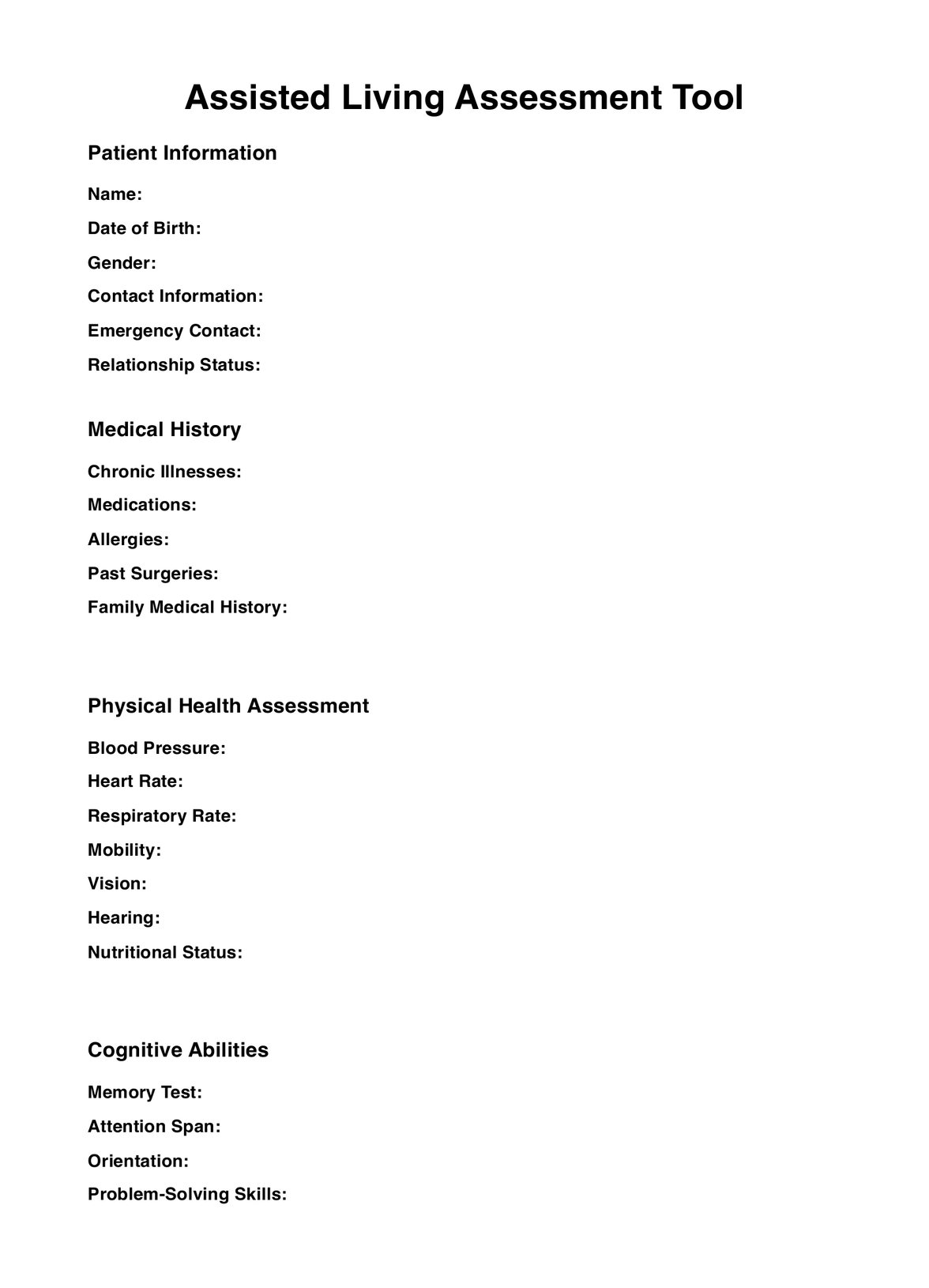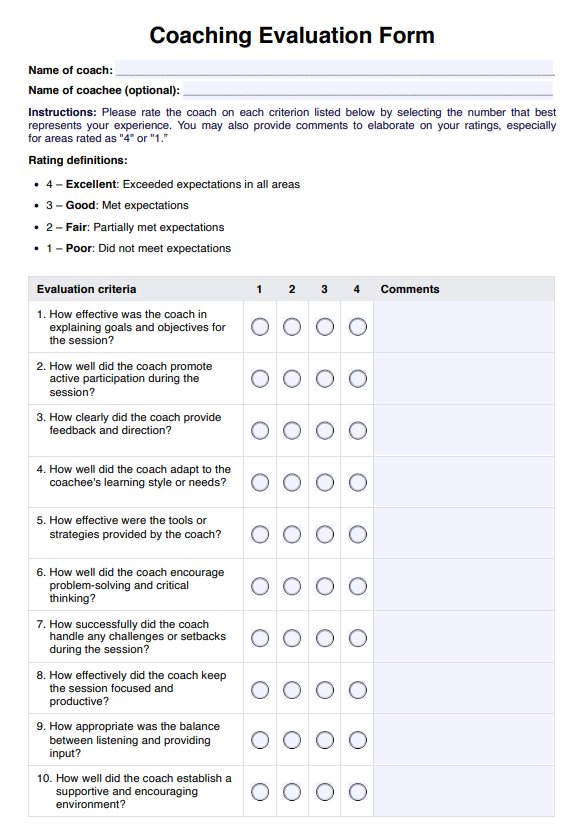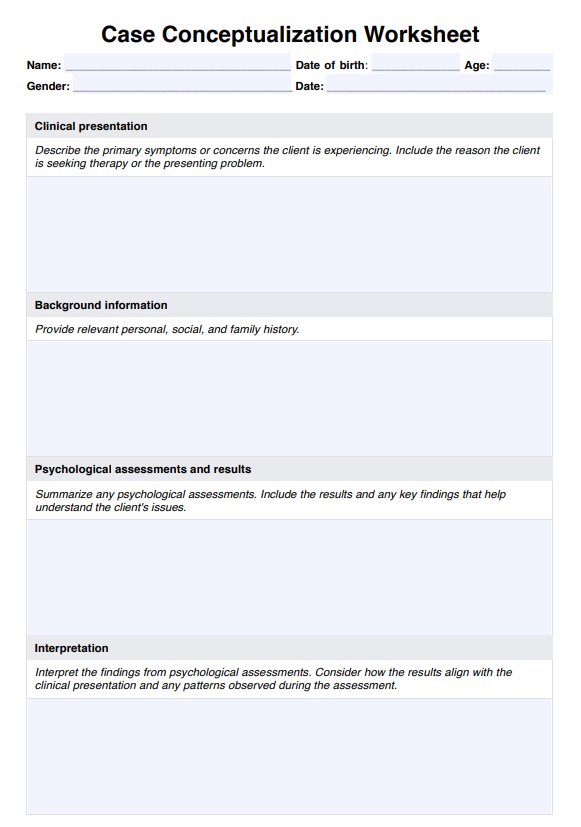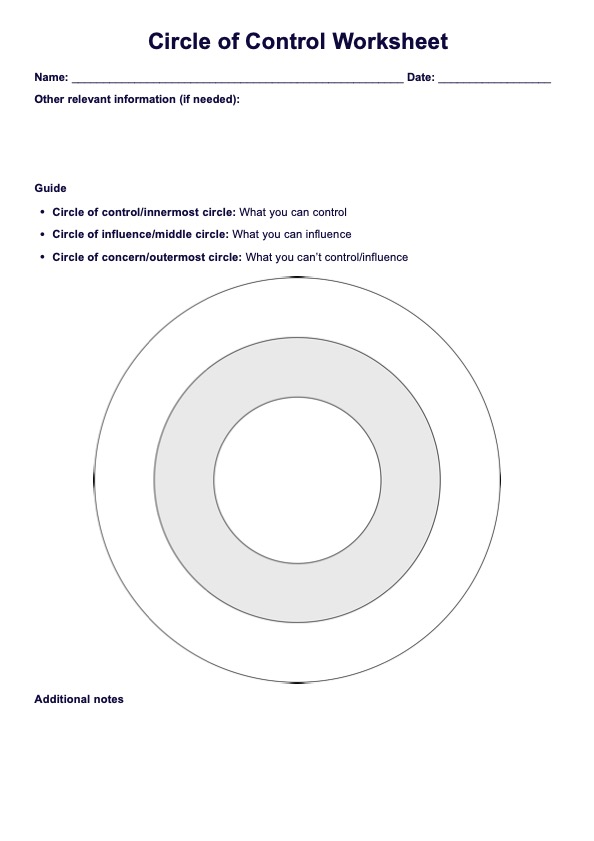Counseling Theories Chart
Explore how client relationships and thinking shape interventions in the therapeutic process with our comprehensive counseling theories chart.


What are counseling theories?
You're sitting in a room, facing a counselor to listen to you, understand your struggles, and help you navigate life's challenges. Behind their approach lies a framework of understanding called counseling theories.
What exactly are these theories? Counseling theories guide therapists, offering various perspectives on human emotions and behaviors. These frameworks are rooted in psychological principles and research, providing therapists with insights into how people develop, form relationships, and cope with challenges.
Counseling theories help your counselor grasp what's going on beneath the surface. They might delve into cognitive processes, examine your thought patterns and beliefs, or explore your interpersonal problems and client relationships, understanding how your interactions with others impact your well-being.
Moreover, counseling theories offer techniques and interventions to foster positive behavior and facilitate positive changes. Whether through problem-solving strategies, behavioral interventions, or tapping into human needs and desires, the goal is to empower you to take an active role in your growth and healing. Think of it as a collaboration between you and your counselor—a journey where you explore your thoughts, feelings, and behaviors, all within the safe space of the counseling room.
Ultimately, counseling theories are about making a real difference in people's lives. They foster human connection, promote reality-based understanding, and empower individuals to lead fulfilling lives.
Counseling Theories Chart Template
Counseling Theories Chart Example
Common counseling theories
Look at these counseling theories sourced from William & Mary Education (2023) and Allen (n.d.):
Cognitive-behavioral therapy (CBT)
CBT falls under the category of cognitive-behavioral approaches. It focuses on the interplay between thoughts, emotions, and behaviors, emphasizing the role of cognitive distortions in shaping feelings and actions. Through techniques like cognitive restructuring, motivational interviewing, reality therapy, and behavior modification, cognitive behavior therapy aims to help individuals identify and challenge maladaptive thought patterns and behaviors, ultimately promoting positive change and symptom relief.
Psychoanalytic theory
Psychoanalytic delves into the unconscious mind, childhood experiences, and defense mechanisms, positing that early experiences shape adult personality and behavior. Techniques such as free association and dream analysis aim to uncover hidden conflicts and desires. The therapeutic relationship is crucial, as transference and countertransference dynamics provide insight into unresolved issues.
Humanistic therapy
Humanistic therapy falls within the humanistic-existential category. It facilitates self-actualization and personal growth by providing a supportive, nonjudgmental environment. The therapist's unconditional positive regard, empathy, and genuine understanding are central to this approach, which fosters clients' self-exploration and self-awareness. Person-centered therapy emphasizes the client's inherent capacity for self-direction and decision-making.
Gestalt therapy
Gestalt therapy aligns with the experiential category. It emphasizes awareness of the present moment and integration of fragmented aspects of the self. Through techniques like the empty chair exercise and focusing on bodily sensations, Gestalt therapy encourages clients to explore unresolved emotions and conflicts, promoting self-awareness and personal responsibility for their experiences and choices.
Existential therapy
Existential therapy falls under the existential-humanistic category. It addresses universal human concerns such as freedom, meaning, and mortality. By exploring existential themes and confronting existential anxiety, this approach encourages clients to take ownership of their lives, embrace authenticity, and find purpose and meaning in the face of life's uncertainties.
Family systems therapy
Family systems therapy is categorized under systemic approaches. It views individuals within the context of their family systems, emphasizing the interconnectedness of family dynamics and communication patterns. Through genogram construction and structural interventions, family systems therapy aims to identify and modify dysfunctional interaction patterns, fostering healthier relationships and promoting individual and strategic family therapy.
How do I use this chart?
Understanding different counseling theories can help individuals make informed decisions about their therapeutic journey. This chart concisely overviews six prominent counseling theories, their key concepts, techniques, and applications. Follow these steps to use the chart effectively:
Step 1: Download the chart
Access the Counseling Theories Chart from the provided source or website. Save the document to your device for easy reference.
Step 2: Review the theory names and critical concepts
Scan through the list of counseling theories featured in the chart. Familiarize yourself with the key concepts associated with each theory.
Step 3: Explore the techniques used in each theory
Examine the techniques utilized in each counseling approach. Note any techniques that resonate with your therapeutic preferences or goals.
Step 4: Identify relevant applications
Consider the applications of each counseling theory listed in the chart. Reflect on your own experiences or challenges to determine which theories may most apply to your situation.
Step 5: Compare and contrast
Compare the key concepts, techniques, and applications of different counseling theories. Identify similarities and differences to gain a deeper understanding of each.
Step 6: Consult with a qualified therapist
Schedule an appointment with a licensed therapist or counselor. Discuss your findings from the chart and explore which counseling theory aligns best with your needs and goals.
Step 7: Collaborate on a treatment plan
Work together with your therapist to develop a personalized treatment plan. Incorporate elements from the counseling theories that resonate with you to create a holistic approach to therapy.
Following these steps, you can effectively utilize the Counseling Theories Chart to gain insights into various counseling approaches and make informed decisions about your therapeutic journey. Remember, therapy is a collaborative process, and your therapist supports you every step of the way.
Theory and practice
Theory and practice are like two peas in a pod regarding counseling. Theory gives us the roadmap, the "why" behind human behavior, while practice is where we put it all into action. It's like having a toolbox with techniques and theory that tells us which tool to pick for each job.
When we apply theory in practice, it's all about finding that spot between what we've learned and what our clients need. It's like cooking - you've got the recipe (theory), but you must also taste as you go (practice) to make sure it turns out just right.
Remember that theory is flexible. It's more like guidelines that help us navigate the complex world of human emotions and experiences. Hence, while having a solid understanding of theory is crucial, staying open-minded and adaptable is also essential.
Theory and practice work hand in hand to help us be the best counselors we can be, supporting our clients on their life journey to growth and healing.
References
Allen, L. R. (n.d.). Ultimate counseling theories list — Luke R. Allen, PhD. Luke R. Allen, PhD. https://www.lukeallenphd.com/comprehensive-list-of-counseling-theories
William & Mary Education. (2023, May 2). Counseling theories and approaches. https://counseling.education.wm.edu/blog/counseling-theories-and-approaches
Commonly asked questions
Counseling theory is used to understand human behavior and guide therapeutic interventions in counseling practice.
Using theory in practice with clients can provide a structured framework for understanding their issues and selecting appropriate interventions, leading to more effective therapy outcomes.
Both theory and practice are essential in counseling, as theory informs practice and practice validates theory, creating a symbiotic relationship crucial for effective therapy.


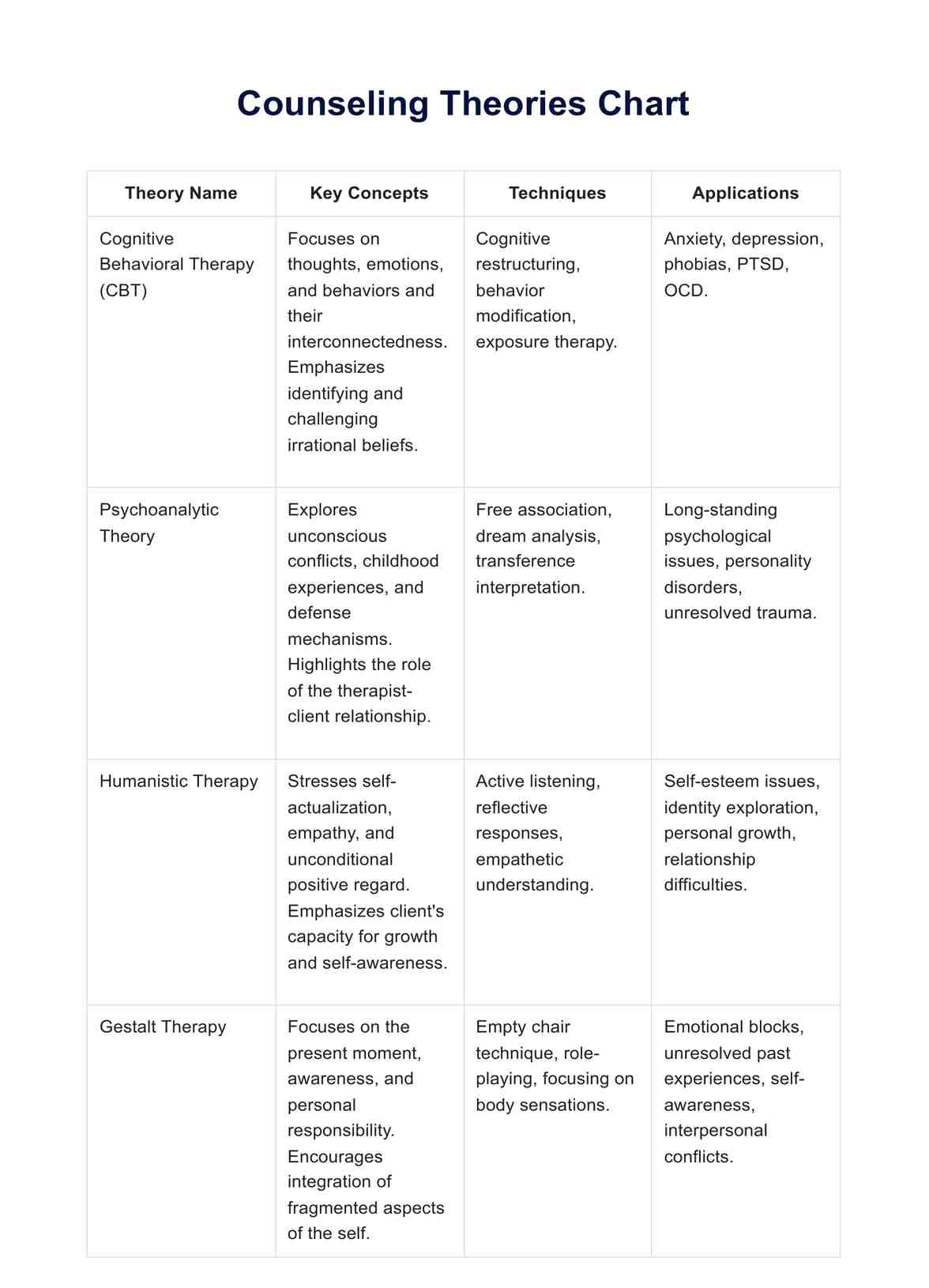
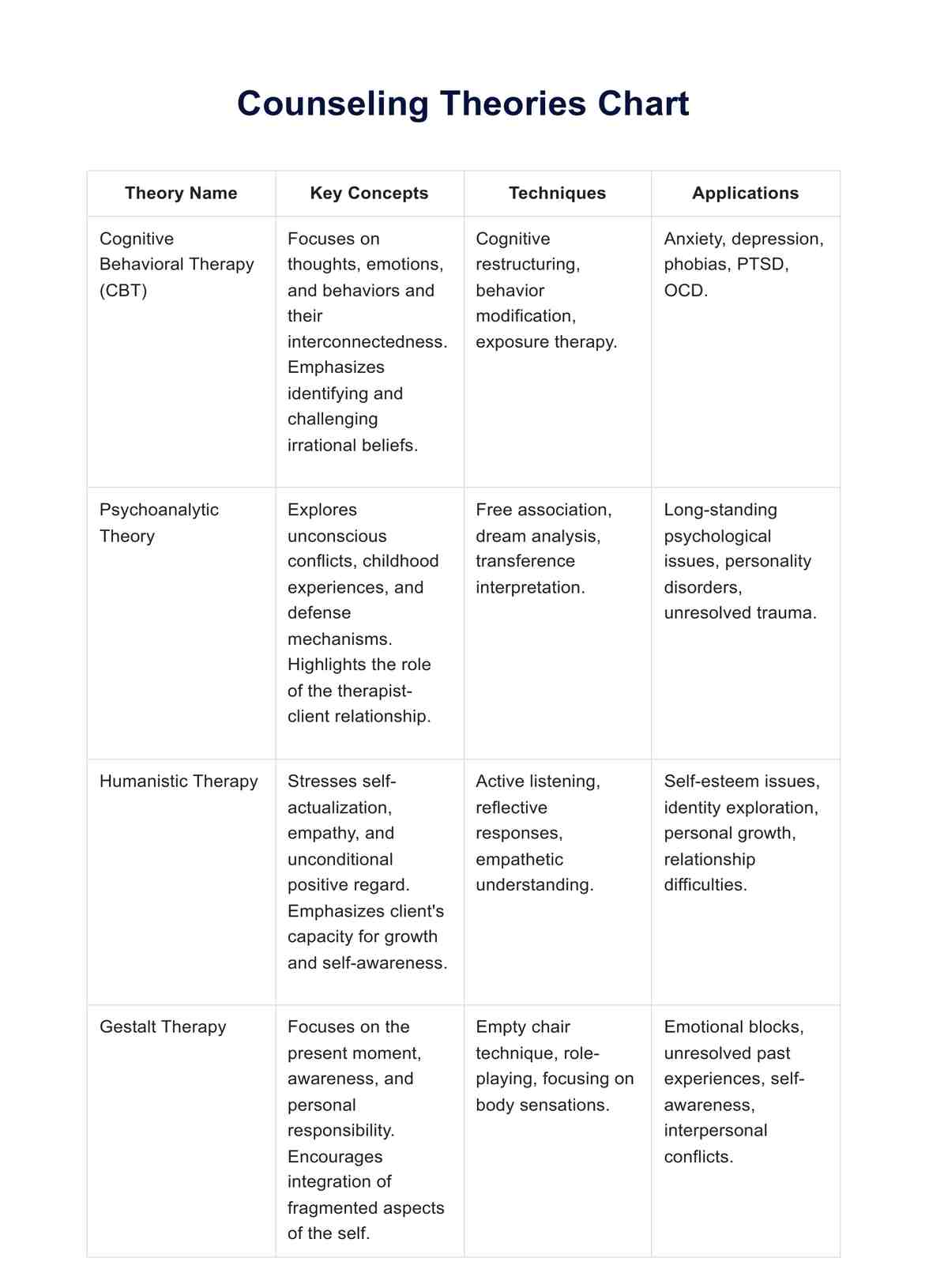

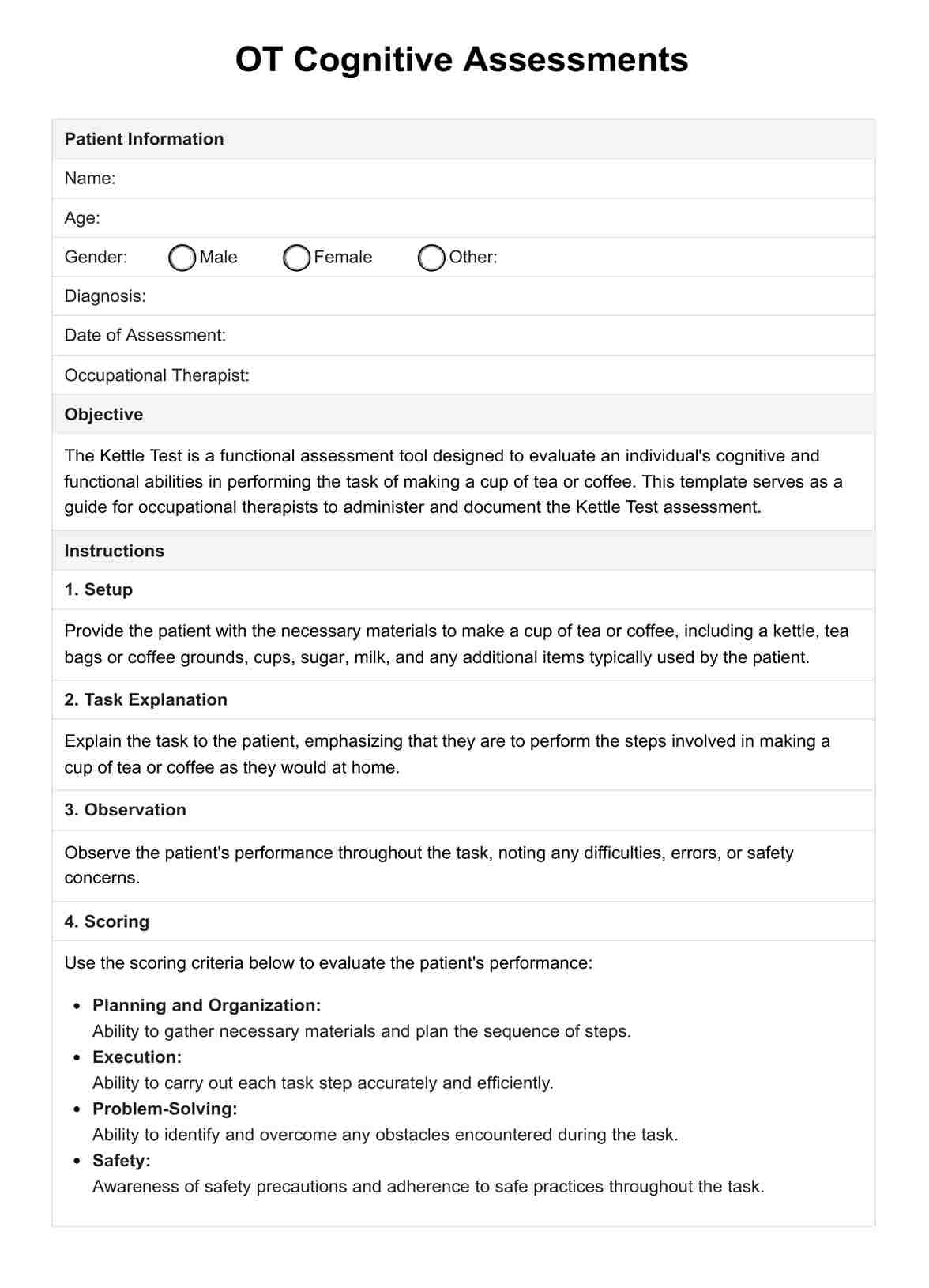
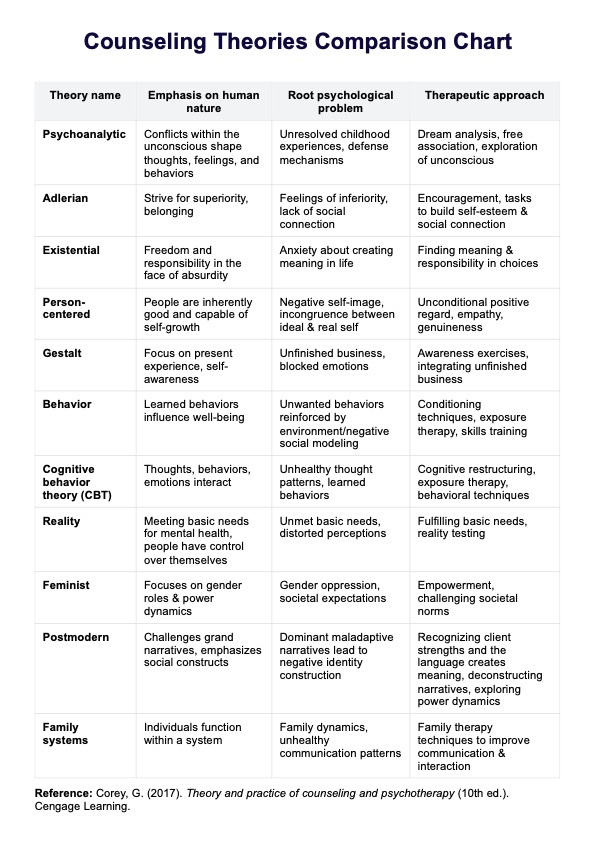
















-template.jpg)


























































































